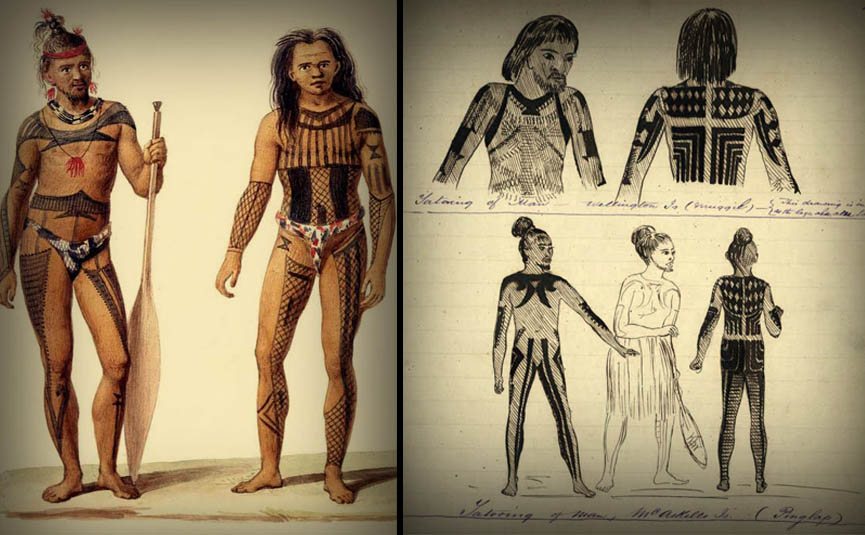If you’ve modified your car for more power, you’ll know the importance of proper heat management. Even in stock form, engines produce staggering amounts of heat, with the engine block easily exceeding 1000 degrees and parts closest to it, like the turbo and exhaust manifold hovering around 700 degrees. This is enough to melt thinner metals. Bolt on a fatter turbine, modified internals and a strengthened crank and you’ll soon be getting into trouble.
One area where heat can pose issues is in the exhaust piping. Too much and you risk rupturing pipe walls, too little and there are problems with flow. Using adequate amounts of exhaust wrap contains heat within the exhaust walls and prevents damage to the underbody and panels. This also helps with exhaust velocity and scavenging, pushing gases out faster so the next combustion cycle can take place.
What Exhaust Wrap Does

Exhaust wrap is heat-resistant material made either of fibreglass, ceramics, or titanium, wrapped around the headers, collector tubes and piping. Its main purpose is to insulate surrounding vehicle parts from heat radiating from the manifold and tubing. This aids engine performance, reduces the risk of damage, and helps with longevity. Wrap can be used on stock cars, but is more common in vehicles that have seen considerable changes. The materials hail from tech developed for racing applications, and this has slowly made its way to the wider motoring public in the form of an exhaust heat wrap kit with supplied accessories that make installation easier and quicker.
Why You Want It
The benefits exhaust wraps provide shouldn’t be overlooked. This includes:
- Increased performance – maintaining consistent temperatures in the exhaust gases increases exhaust velocity and prevents backpressure. More of the spent gas is removed, additionally lowering temperatures at the intake manifold. Cooler intake air is oxygen-rich, so improves combustion efficiency with bigger bangs while using less fuel.
- Significantly lower engine temperatures – wrap has a knock-on effect on engine bay heat, sparing sensitive materials and parts like rubber hoses and wiring from damage. It also helps when popping up the bonnet after a longer drive, so safety is a consideration too, especially when there’s a need for maintenance or repairs.
- Improved cabin comfort – heat from the combustion process can also create higher temperatures inside, with parts like firewalls and floorboards specifically affected. In cars that have been stripped down for lower weight (and have the insulation removed) this is even more evident. It’s not by chance that exhaust heat wrap was first used for racing cars.
Additional benefits include lowering vibrations and noise from the exhaust piping and improving the aesthetics of the engine bay in cars and tubing in motorcycles.
Choosing What’s Right
Materials differ in that they are effective with varying levels of heat. Here manufacturers go with two numbers – continuous or intermittent heat loading, to denote the optimal temperatures the exhaust wrap works for the stated period and the highest temperatures it can endure before it burns up.
For everyday applications, and in unmodified engines, choose fibreglass wrap. This performs up to a temperature of 500 degrees. Integrated coating aids with heat dissipation along the length of the wrap, and added silicone coating helps to seal it and prevent leaks.
A variant made from basalt rock fibres is more durable than fibreglass, can last up to 750 degrees (so more in tune with turbocharged engines) and is completely non-toxic and recyclable. And for the best results, and when installing an aftermarket performance exhaust, nothing beats titanium exhaust wrap. The material is pliable, so it doesn’t require pre-wetting as with standard fibreglass types, is easier to install, and keeps its uniformity once on. It also has the highest continuous temperature rating of 1200 degrees, considerably extending the scope of engines and applications used.
The second thing to consider is lengths and widths, and how much of the tubing will be covered. For thinner primary pipes, you’ll look at 25mm widths, while secondary and wider piping leading to the collector are better dealt with wider 50mm rolls. Spools range in length but usually measure anywhere between 10 and 20 metres. As an illustration, a 15m kit can comfortably cover 4-in-1 header tubes, with leftover material if you make any mistakes, or need to deal with staining.
Manufacturers have made it easier by providing clip ties in the exhaust heat wrap kit, to secure the ends and make for a more pleasing look.
Final Considerations

Correct installation goes a long way in getting the best results. Here you need scissors to cut the wrap to length, after measuring roughly how much you need for the job, a screwdriver to tighten the clip ties and tinsnips to shorten excess cable. The material is ideally layered in 1/4 width overlays for a secure fit and tightened to prevent unravelling. The ends are folded inwards at an angle and secured in place with the supplied clip ties. Titanium wrap is more flexible than fibreglass types and is also easier to get on. If you find the whole process a bit too intimidating or need additional heat management, other heat shield products used in the rest of the piping, like tempered aluminium sheets also work well and can be found at the same specialist stores.















